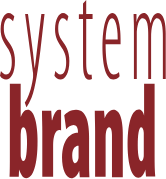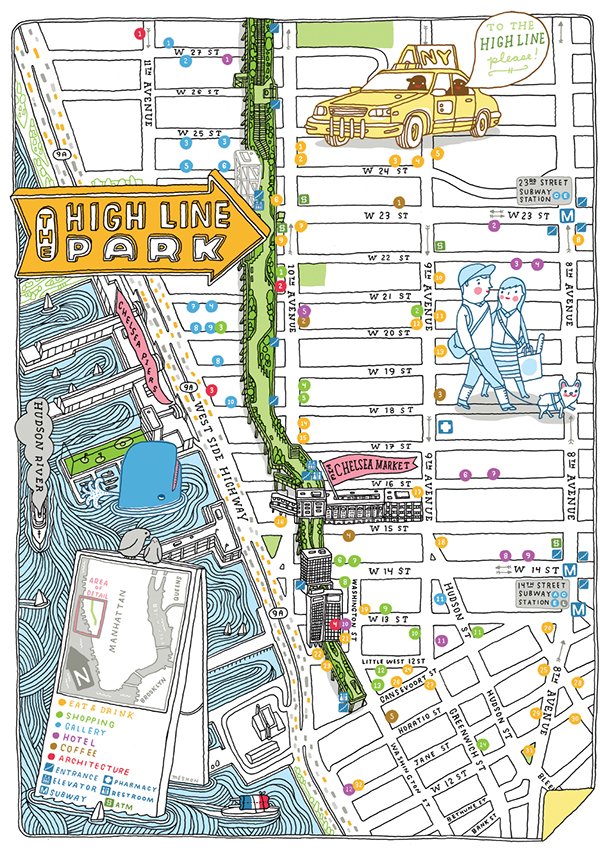The Philippine Mobility Scenarios
How are you managing getting around and reaching your destination by whatever mode of transportation? What are the hassles you meet in today’s mobility environment and how do you wish they would improve?
Mobility today is transportation that is evolving rapidly - from the development of cars and motorcycles and changing perceptions of the market to the impact of infrastructure and environment.
The areas of transformation are essentially changes in physical, social and virtual mobility. The physical aspect of mobility is related to the ‘E’ of ESG or Environment, Social and Corporate Governance policy, with the ‘socialness’ of mobility being a key factor as well.
Vehicular Situationer
Physical mobility involves cars, buses, trucks and even bicycles and motorcycles. If the number of registered private cars in the country totaled 1.13 million in 2020 per Statista data, and the number of trucks in 2017 at 243,443, does the trajectory of additional vehicular sales reaching 315,337 by November 2022 and onwards per the Chamber of Automotive Manufacturers of the Philippines, Inc. (CAMPI) and the Truck Manufacturers Association (TMA) still fall within the capacity of the market and of our current infrastructure?
Added to the four-wheelers are the two-and three-wheelers which numbered 6,174,345 units as early as 2017. This rose by almost 200% from 2,157,737 in 2005, according to www.ceicdata.com / Land Transportation Office.
Furthermore, Electric Vehicle Association of the Philippines (EVAP) president Ferdinand Raquelsantos informed Philippine Daily Inquirer columnist Tessa R.Salazar that “I see the transition of the market from ICEs (Internal Combustion Engines) to EVs (Electric Vehicles) with new developments on the application of EVs in public transport, logistics and fleet services”.
In 2020, more than 10 million EVs were on the road globally. In the Philippines, there are around 9,000 registered EVs (with a target of 100% full adoption of EVs by 2040) and 300 charging stations.
Social Issues
If the Philippines’ network of roads and highways has a total length of 216,387 kilometers, this translates to 1.90 meters for each of the country’s 113.88 million people. One adverse social impact of this equation of road networks to the number of registered vehicles per inhabitant is an estimated 16 days with an hour and six minutes a day of being stuck in traffic.
During rush hour in metropolitan Manila, the number of vehicles far exceeds the road’s maximum capacity which, according to the Boston Consulting Group and as reported by the Straits Times, totals to 1.75 times what the roads can handle.
Statista reports that the total traffic volume of all kinds of vehicles amounts to about 3.2 million, with JICA’s 2018 study pointing to losses of PHP3.5B per day for the Philippines due to heavy traffic.
This is too heavy for physical mobility to handle and is a challenge for social mobility to undergo. More alternative options such as subways and rail should be utilized to address a growing population over and above additional mileage provided by new roads.
PDI columnist Ar. Joel Luna brought up some social issues pertaining to an “important role that streets played…in the social, political, cultural life of cities…long before the invention of the automobile, streets served as economic spaces for shop owners, street vendors, hawkers and even shady businesses…with play areas for children and elderly and stages for various gatherings”.
Much of those street scenes can still be experienced in the congested areas of Metro Manila like in the Binondo area. But ‘Make it Makati’ has been planning to rationalize the utilization of Ayala Avenue through a new program - Sharrows or shared lanes for bikers and public utility vehicles to accommodate more commuters and improve traffic.
As Sharrows allow more efficient use of the shared roads, the concerns and safety of all users - the pedestrians, cars, public utility vehicles, bikers and motorcyclists (including those holding offices and shops in Ayala Avenue) - are ultimately top-of-mind to balance the needs of all as Ayala Avenue has been doing so since this main thoroughfare has been in use since 1958.
I experienced a remarkable example of what Luna described as the important role that streets played in the social, political, cultural life of cities: the “High Line mile-and-a-half long ‘park in the sky’ transformed the most bustling of cities – New York – into a suddenly quiet and still space; a former railway, the park splits off in places to weave between seed beds (recalling the plant life that sprang up between the former tracks) and wooden benches and young beech and pine trees”.
This re-zoning in 2005 allowed an emerging “High Line neighbourhood to flourish, with glittering retail spaces, restaurants, condos and festivals,” per Paul Owen of New York/The Guardian.
Streets activate personal connection unlike a “single person driving the car that is 80 percent empty”. A reconfigured street balances between physical and social mobility, technology and infrastructure with technology helping in road design to optimize on the allocation of spaces for cars, bikes and pedestrians.
Luna concludes though that “private cars are an essential need in modern life” with business and commerce to be conducted efficiently and for education and vital services to be rendered. Infrastructure should help in people going to and back from their destinations as well as goods to be delivered and picked up.
Toyota Mobility Solutions Philippines’ vision to provide solutions across the entire mobility spectrum, is currently helping MSMEs “maximize vehicle utilization (for people or goods), improve resource efficiency, lower logistics costs leading to better business profitability”, according to its President, Cristina Arevalo.
The government is also supporting efforts to maximize mobility, and very much in the news is its PPP program to fund projects especially in infrastructure to grow the economy and the people’s QOL. The recent state visit of the President resulted in the transport sector securing a PHP156B loan from Japan which will be utilized for two landmark projects that will strengthen the transportation network and alleviate traffic congestion in the country.
Another social issue is the Philippine Fossil CO2 emissions with transport contributing 28.5 percent with total Fossil CO2 Emissions recorded at 126,922,662 tons as of 2016 according to worldometers.info.
TOYOTA has committed “to develop a society where people, nature and mobility can coexist in harmony”. TOYOTA is already minimizing carbon emissions by offering a wide variety of electrified vehicles, eliminating all CO2 emissions throughout the entire vehicle life cycle by 2040 as well as in its manufacturing plants.
Mitsubishi, Honda, Ford and others are also committed to Carbon Neutrality and the reduction of CO2 emissions.
Mobility Solutions
Do you see the pivot to a new normal affecting the way we work, the way we move around, the way we live? Is technology a promise of a sustainable future or the source of current and prospective disruptions, good or bad?
One industry which is for the people and by the people is the automotive industry. It employs four million people globally and serves its markets/users with a yearly production of 60 million vehicles, according to www.azom.com.
Clearly, the automotive industry stands behind and is driven by physical and social mobility and eventually, virtual mobility.
A breakthrough booster in physical and social mobility is the Electric Vehicle (EV). It not only answers climate change issues but rising energy costs. While EVs are expensive purchase-wise, in the long run, savings compensate for the high cost upfront on a per kilometer basis: electric costs less than gasoline/diesel and their maintenance are less costly than an Internal Combustion Engine.
The Light Electric Vehicle especially in the two and three-wheeler categories appeals to a growing market because of its environment and eco-friendly make, which has no tailpipe emissions nor foul smell from the burning of petrol, and its fuel cost savings by running on renewable energy, as well as its remarkably smooth ride.
As a pathway for the growth of the EV industry, President Marcos signed last January 13 Executive Order No. 12 which cuts tariff rates down to zero for a five-year period on e-vehicles such as passenger cars, buses, minibuses, vans, trucks, motorcycles, tricycles, scooters and bicycles. As the PDI reported, the order would “help boost the EV market, support the transition to emerging technologies and to a greener transportation”.
Globe Telecom and Ayala Corporation announced that they are “partnering with Gogoro and its Smartscooters to serve as an alternative to fossil fuel-powered vehicles currently used by the logistics and last mile delivery industry”.
Digital solutions companies like Globe could add to the digitalized features of EVs in the same manner that Sony’s experience with Artificial Intelligence keeps EVs connected and engaged in virtual and augmented reality. The Las Vegas Consumer Electronics Show highlighted Qualcomm’s involvement in the Sony-Honda joint venture in providing the compute need for the car’s automated driving and advanced drive assistance systems.
EVs, as in the case of General Motor’s Cruise robotaxi, need continuous monitoring and technology management if the Bloomberg article on these driverless vehicles creating problems for human drivers and transit vehicles is to be taken seriously. The report cites occasions where the robotaxis get confused and can’t navigate, end up pulling over and coming to a full stop.
If robotaxis may not be exactly trouble-free, what might be the future of air mobility, or of autonomous taxis? Will it be a fully integrated mobility from an e-scooter ride to the airport, the drone flight and the trip back to the city on a scooter for the last mile.
If the foreign automotive brands aim for a carbon neutral society by 2050 with the Philippines targeting a 100% adoption of EVs by 2040 and the world anticipating advanced air mobility by 2030, what will the mobility scenarios be like in the future?







